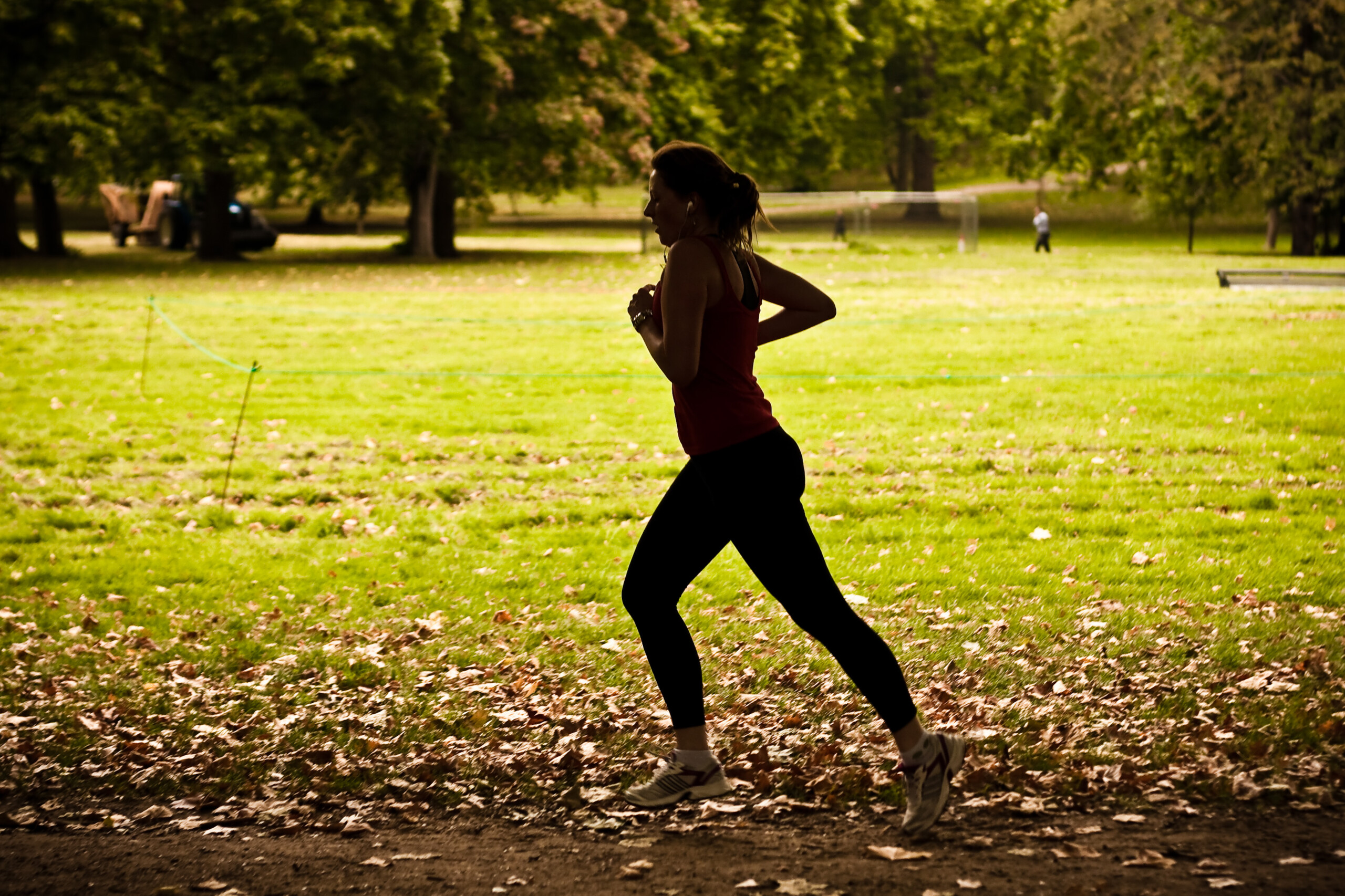A skill can be: open or closed, gross or fine, discrete, serial or continuous, and self or externally paced. Each classification sits along a continuum, with skills varying in their degree of any selection. Skills are classified by selecting one from each choice. An open skill is performed in a constantly changing environment (weather, opposition, surface), such as kicking a goal in Australian Rules Football. A closed skill is performed in the same conditions every time, such as weight lifting. Open skills take longer to learn than closed skills.
A gross skill requires large muscle groups (legs, back, chest), such as running. A fine skill uses small or isolated muscles (wrist flexors, bicep), such as shooting. Fine skills are easier to learn than gross skills.
A discrete skill has a clear beginning and end, such as a flip in gymnastics. A serial skill combines a number of separate smaller skills to perform the larger more complex skill, such as a lay up in basketball, which combines dribbling, catching, jumping and shooting. A continuous skill repeats a specific movement over and over again, such as running. Serial skills are harder to learn than discrete skills, which are often harder than continuous skills because continuous skills are repeated all the time.
A self-paced skill has its timing and speed determined by the performer, such as a tennis serve. An externally paced skill has its timing and speed determined by external factors like opposing players or music, such as rhythmic gymnastics or batting in baseball. Externally paced skills are harder to learn than self paced.

